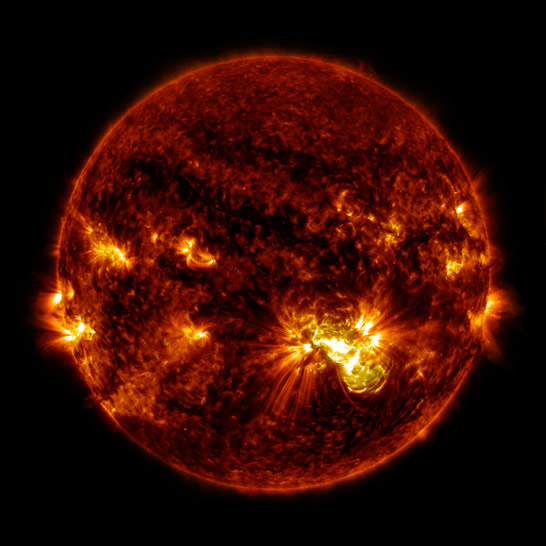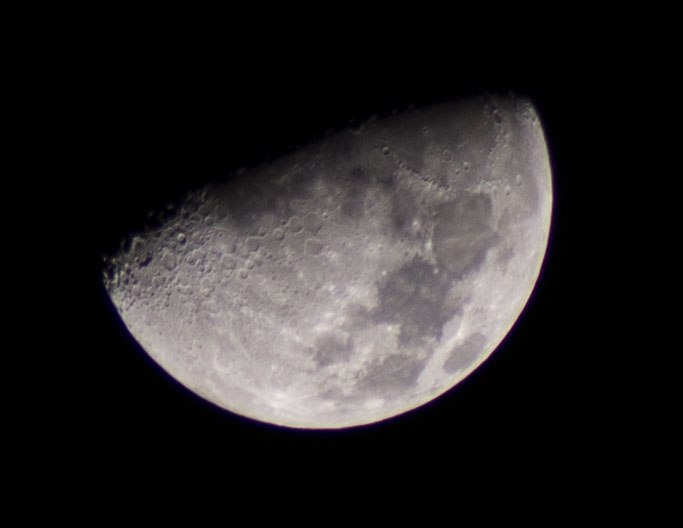Different Planet Types
The nine planets of astrology have their unique meanings, but they also fall into various groupings, which help us to better understand their functions, psychological effects and different possible outcomes.
Benefic and Malefic Planets
Although these terms may seem to be fatalistic or superstitious to some, we have to remember that all planets were created with a magnificent grand design to them and therefore they are supremely good each. However, we can better understand their nature by the terms benefic or malefic, related to the words benefit and malice respectively.
- Benefic: of direct blessing, upliftment and good fortune; can be indicative of good karma.
- Malefic: delivering challenges, crisis inciting, bad karma returning for resolution; but which in the end can manifest strongly positive effects in the life of a person if managed conscientiously.
The outer planets Uranus, Neptune, and Pluto can also be considered to be malefic planets.
| Benefic | Malefic |
|---|---|
| Moon | Sun |
| Mercury | Mars |
| Venus | Saturn |
| Jupiter | Rahu (North Node) |
| Ketu (South Node) |
Gunas: Sattvic, Rajasic, and Tamasic
According to the Vedic or Hindu conception of energies (called gunas), planets also have three main different types of effects on our lives.
- Sattvic: pure, serene, and harmonious; truth and purity of purpose, being good and looking for good in others, individuality that is relatively self-aware; gives light
- Rajasic: active, passionate, and agitated; of taking action and searching and trying to find new meanings, dissatisfaction, individuality that is relatively more or less self-aware; gives energy
- Tamasic: dull and inactive, darkness and ignorance, hard to give up attachment to material desires; individuality that is relatively unaware of self; gives stability
| Sattvic | Rajasic | Tamasic |
|---|---|---|
| Sun | Mercury | Mars |
| Moon | Venus | Saturn |
| Jupiter |
The Lights
The Sun and the Moon are known as the “Lights”, the two main orbs that dominate our day and night sky. The Sun has a distinctly male character to it, and the Moon as its counterpart is distinctly female in its character. The Sun is the King and the Moon is the Queen of the sky, if you will.
Inner Planets
The inner planets are the planets inside the orbit of the Earth, including the Moon. The Inner Planets in astrology pertain to our social lives, how we interact and emote with others; our interpersonal world.
The Inner planets are: the Sun, Moon, Mercury, and Venus
The Traditional (or Classical) Planets in Astrology
The traditional (classical) planets are those that can be seen with the naked eye at night, with the exception of the Nodes which are not planets in the astronomical sense.
Traditional planets are: the Sun, Moon, Mercury, Venus, Mars, Jupiter, Saturn, and the Nodes (Rahu and Ketu)
Outer Planets
The outer planets (beyond Saturn and only visible with a telescope) have been called transgenerational planets. This is because their movements are so slow that whole generations of people have these planets in basically the same sign positions. They are more collective in their emphasis, rather than individual or interpersonal.
Jupiter and Saturn, while visible in the night sky are also considered outer planets due to their slow speed compared to the inner planets.
The outer planets are: Jupiter, Saturn, Uranus, Neptune, Pluto and the Nodes.
Asteroids
Even though there are thousands upon thousands of asteroids that inhabit the asteroid belt between the orbits of Mars and Jupiter, and many astrologers tracked and measured their results in astrology, the main ones in use are: Vesta, Juno, Athena and Vesta. They are typical feminine archetypes and they seem to resonate with feminine life-issues. At Star World News we do use Juno because it does have very obvious connections to relationship issues and events in people’s lives.
Hypothetical or Trans-Neptunian Planets
There are many of these hypothetical planets in various astrology schools, none of which have been astronomically verified to exist.
In the Uranian School of Astrology: Cupido, Hades, Zeus, Kronos, Apollon, Admetos, Vulkanus, and Poseidon.
There are the Vedic upagrahas: Dhuma, Vyatipata, Parivesha, Indrachapa, and Upaketu.
There are other hypothetical planets such as Transpluto, Sedna, and Eris.
Star World News has made an attempt to test their validity from time to time, but results are inconclusive.
We do use the asteroid Juno to give additional info for relationship astrology, but we realize that you have to draw a line somewhere because horoscopes can become hopeless messes to interpret.
We are subscribe to the Occam’s Razor principle that the simpliest answer is the best. The traditional planets from the Sun to Saturn and the Lunar Nodes deliver more than enough relevant information from the chart, especially when the house rulerships are brought into consideration, and when the sidereal zodiac is used also. The employing of numerous other non-verified points seems to be a pseudo-scientific-astronomical “fudge factor” that tries to circumvent the use of more traditional astrological interpretation techniques.



